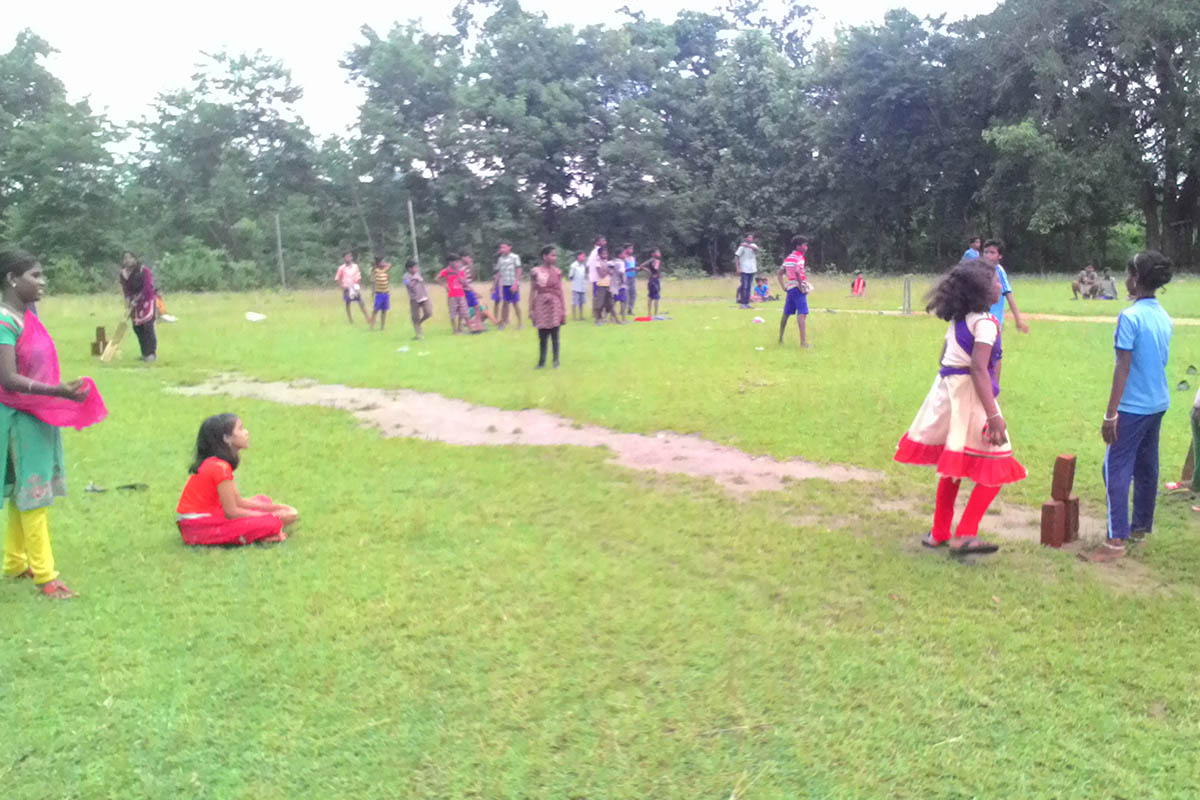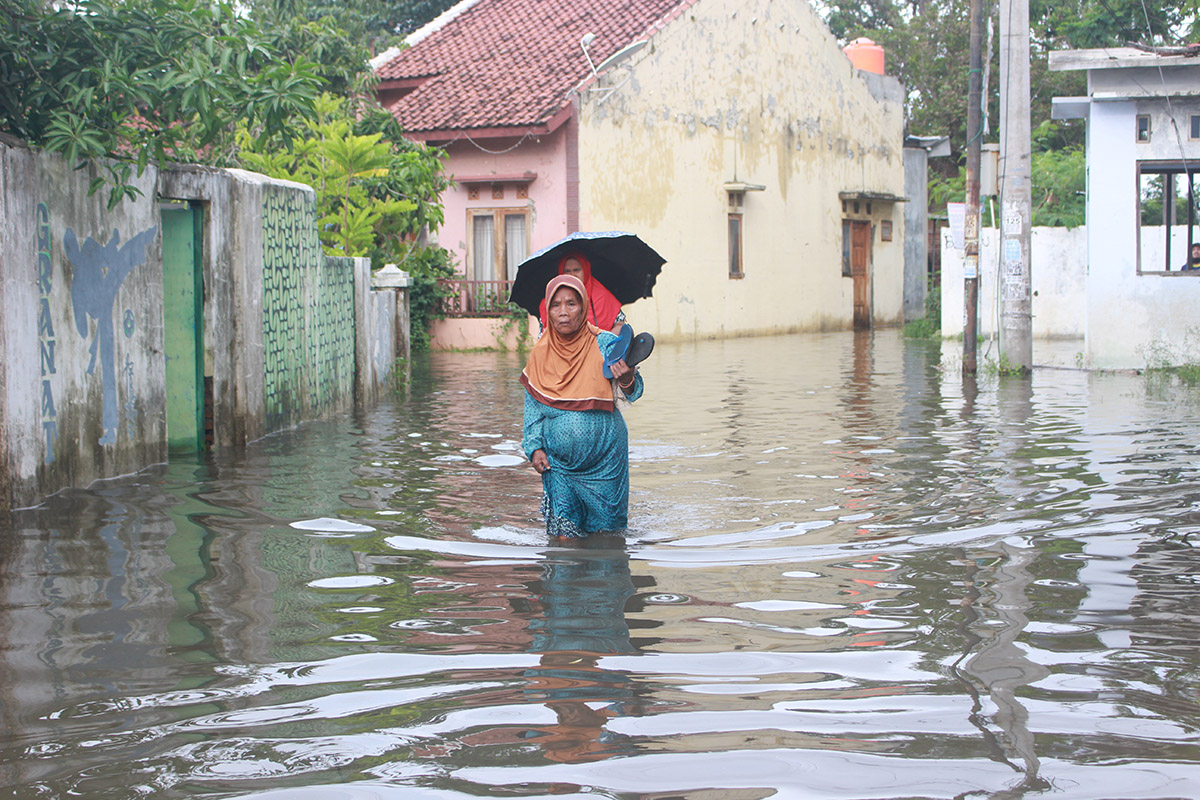Empowering Tribal Communities Through Sport
February 11by Sameer Misra
In rural Odisha in India, an innovative initiative is changing the lives of tribal children in ways not imagined before. The story not only reveals a dynamic educational approach, but also seamlessly aligns with participatory strategies in sport for development, placing the community at the forefront of transformative progress.
Gram Vikas Vidya Vihar is the smallest of the four residential schools run by Gram Vikas. It is nestled in the scenic valley of the Eastern Ghats in the Rudhapadar village situated in the Ganjam district of Odisha. The nearest town is approximately 30 km on either side which means that the nearest hospital is also 30-40 km away. The village is located in the middle of the Daspalla and Tarasingi elephant forest reserve, so during the day, one may notice footprints of elephants which travel at night in search of water in particular seasons.
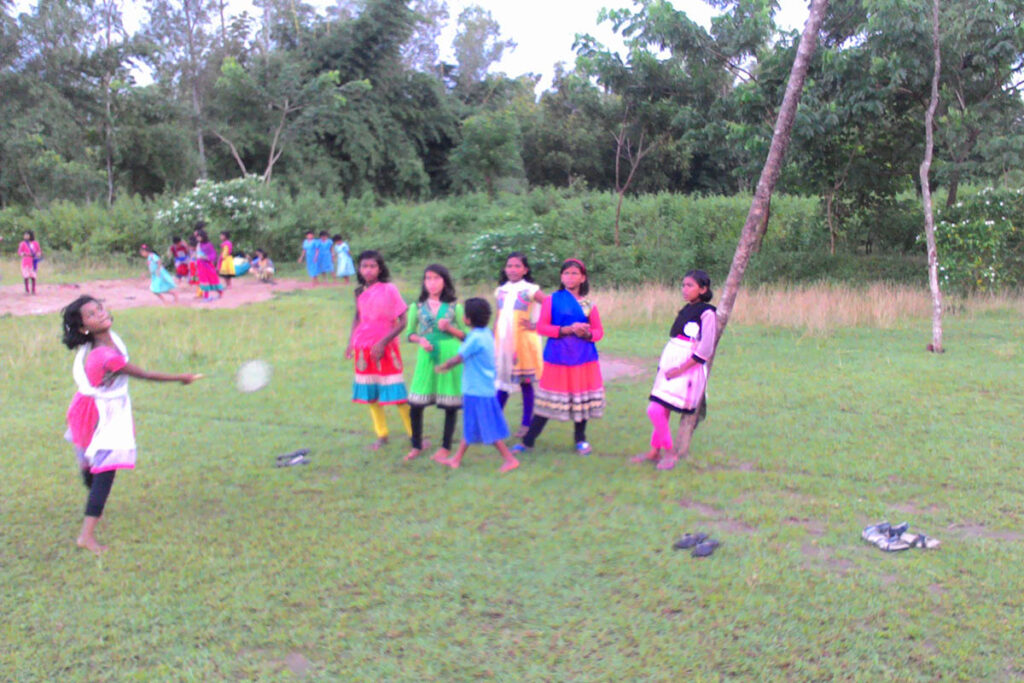
The school accommodates students from class 3 to class 7 and the language of instruction is Odia. The curriculum followed is stipulated by the Odisha state board. There are 152 students in the school of which 97 are boys and remaining 55 are girls. Most students are from a tribal background as the area is mostly tribal with villagers cultivating rice as their main form of livelihood. Most of the children are first generation learners. They are taken care of by the teachers in the school. The school also has a computer lab.
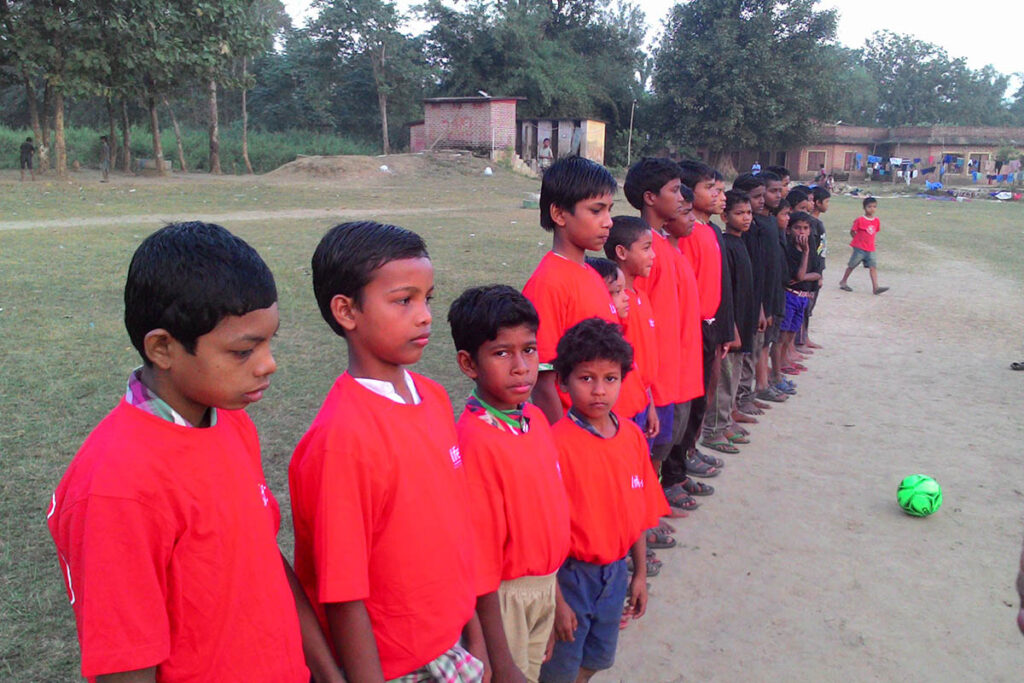
There are eight schools in the nearby area. Most of them are primary and some extend to upper primary. The block education office is situated in Jagannath Prasad which is 30 km from the school.
Origins of the Sports Journey
The sports journey commenced with the initiation of a sports league at Gram Vikas Vidya Vihar School. Kabaddi, Cricket, and Football were played on a regular basis, and emerged as the platform for change, as they established a structured and organized sports environment with active participation from students, teachers. The league also introduced a sense of camaraderie, teamwork, and discipline.[1]
Organized League Structure: Community-Driven Competitive Spirit
The league was structured around the names of seven teachers and provided a platform for daily matches, with Saturday and Sunday reserved for children to explore sports of their choice. The meticulous organization of matches and the introduction of a points system added a competitive edge to the league. [1]
It was difficult to explain the rules of knockout games, as the children had never seen sports on TV. Teachers started by explaining how a tournament works and the rules of each game.
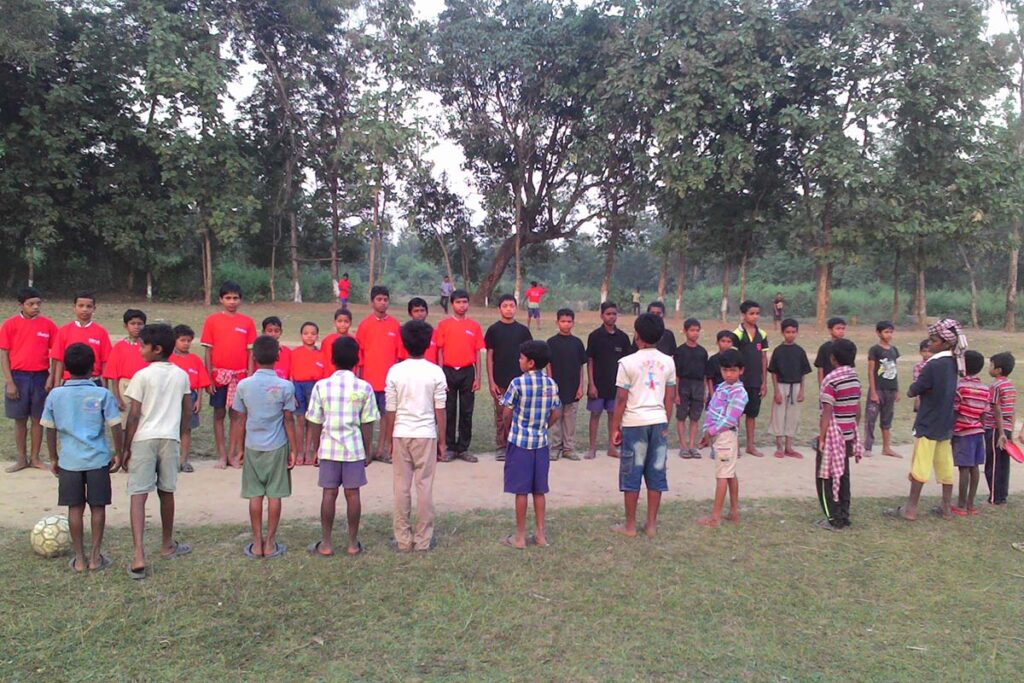
Fostering Team Unity and Gender Inclusivity
One of the project’s milestones was the successful cultivation of team spirit among students. In a region where informal play often involved traditional games like Gilli-Danda and running around, the dedicated focus on Cricket, Football, and Kabaddi laid the foundation for structured sports. Notably, the inclusion of girls in cricket matches, facilitated by a teacher Aarti Ma’am, also helped in the commitment to gender inclusivity and breaking traditional barriers. [1]
Expanding Horizons
Furthermore, a detailed interaction with students prompted the exploration of additional sports. In December, volleyball was introduced, marking significant success as it earned a coveted spot in the school’s Annual Sports Meet.
The inclusion of volleyball in the Annual Sports Meet necessitated diligent groundwork, as it was being played for the first time. This involved searching for an appropriate space, clearing the land, and procuring/installing the necessary equipment, including the volleyball net.
Introducing a new sport required an educational component. The project extended beyond just setting up the physical infrastructure; it involved teaching the students the fundamentals of volleyball. Starting from the basics, the students gradually progressed, developing the skills necessary for engaging and competitive matches.
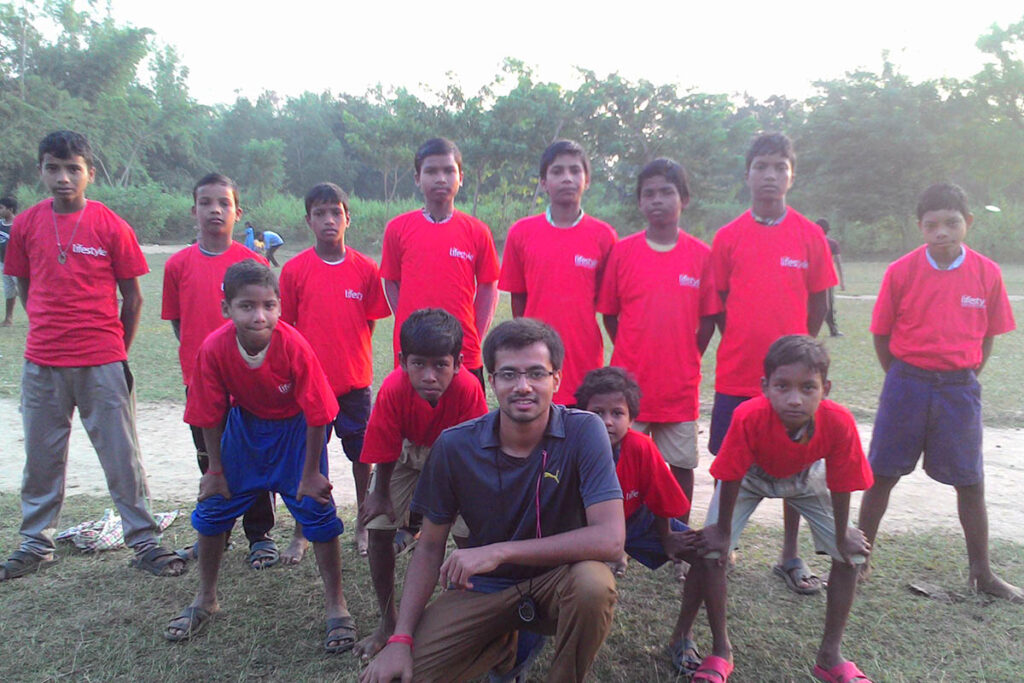
Resource Mobilization for Sustainable Impact
The school did not have equipment like a whistle or a goal post etc. So the goal post was built using bamboo and whistle was procured from the market.
Expanding the sports repertoire, table tennis was introduced, with the equipment procured through an Amazon wish list. A school bench was transformed into a table tennis table.
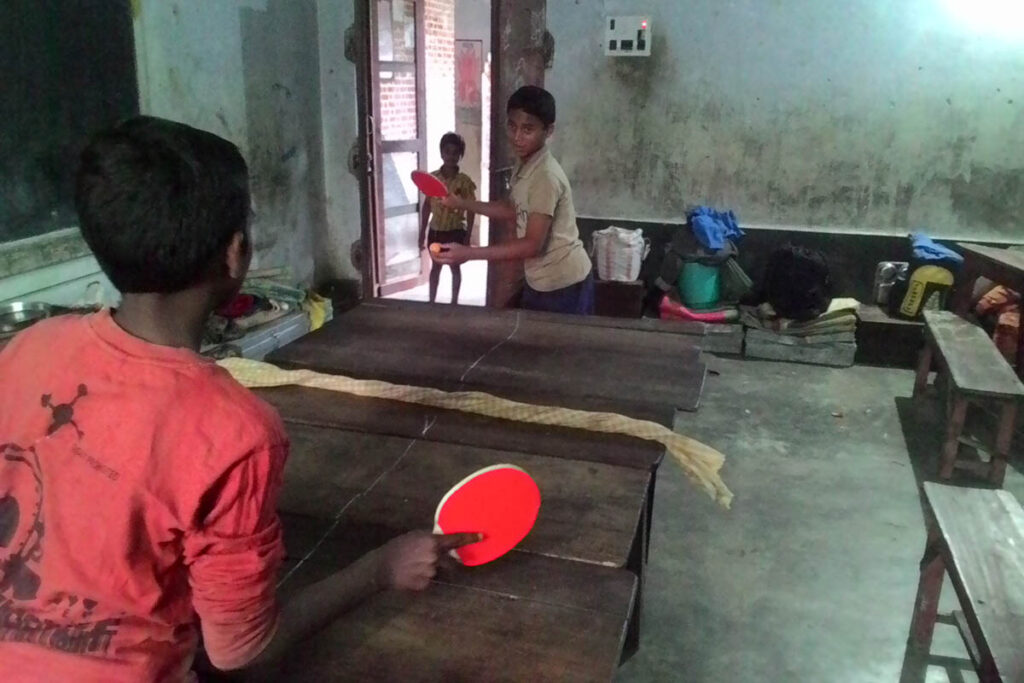
The learning of sports was integrated into the curriculum through the watching of sports videos from e –learning materials in the school’s computer lab.
Addressing Language Barriers and Minor Interventions: Inclusive Communication
Challenges, such as language barriers, were met with inclusive solutions. The SBI YFI Fellow’s dedication to learning basic Odia and using visual aids exemplify the participatory spirit of inclusive communication.
The approach taken showed how existing resources and teachers could be utilised to achieve an objective. The main lesson learnt was that available resources could be repurposed and a system developed to achieve an objective. The equipment for various sports was available to us; there was a big ground, but there was no system to get those things utilized efficiently.
References
[1] https://yourstory.com/2018/08/innovation-lab-rural-odisha
